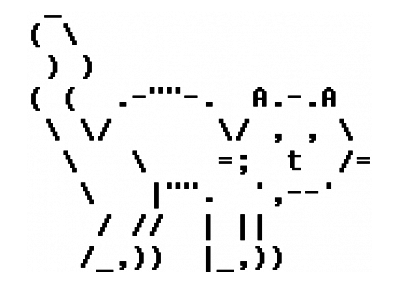The ASCII table

Originally I wanted to write about Unicode, but I have realized that it is better to start out with the basics, and you can’t get more basic than the ASCII table.
As computers can only represent two kind of values — true or false — some clever folks back in the middle of the twentieth century constructed a table where they gave meaning to some combination of zeros and ones. That’s how we got this nice table of characters that we actively use even today.
The original ASCII table was 7-bit based. That means that it used only 7 zeros/ones to represent a character. For example to write the character “A” you would send the following down the wire
100 0001
Notice the way I formatted the above code — yes, the little space between the first three characters and the last four. There is a reason behind it, namely you can decide the kind of character you are dealing with using only the first...


